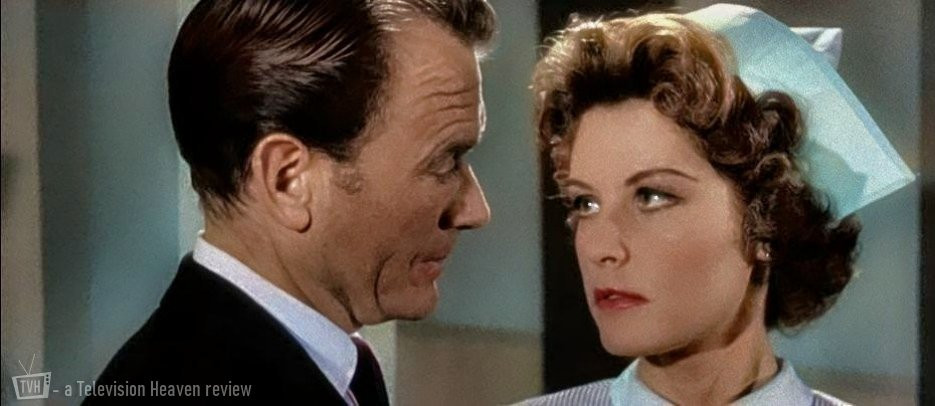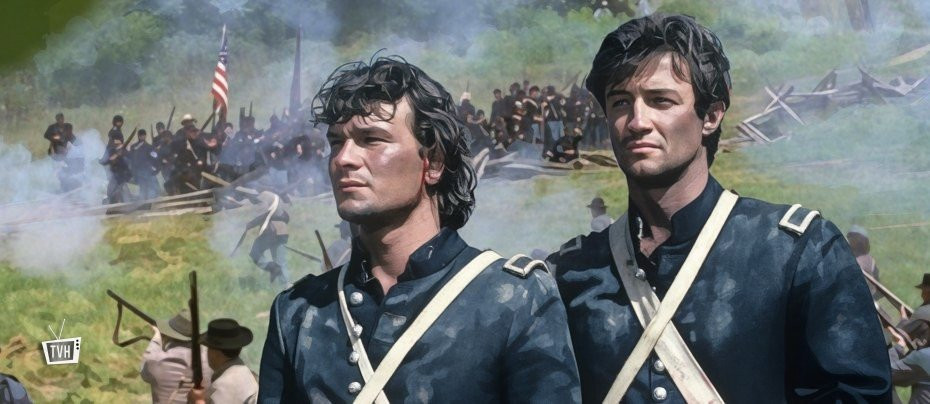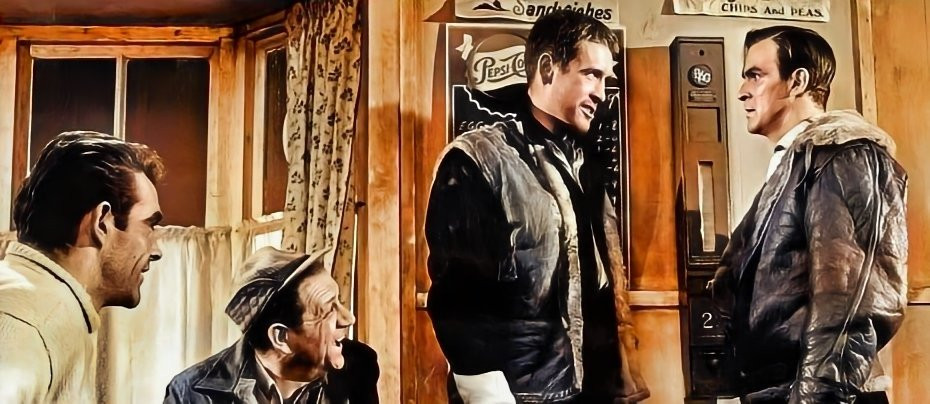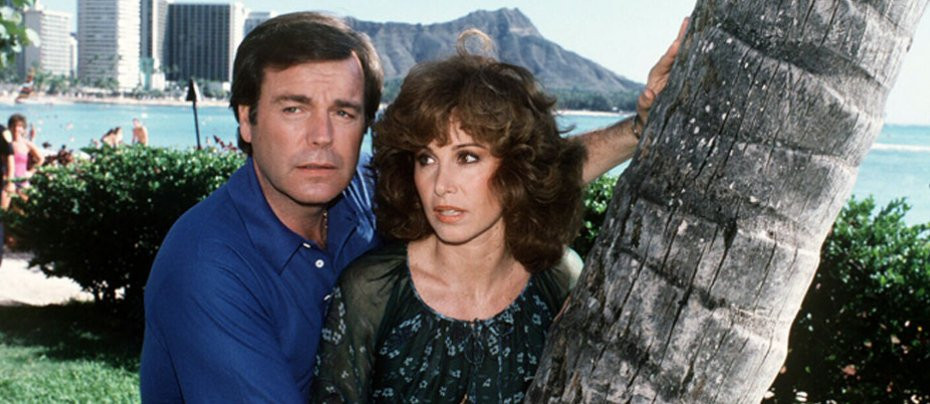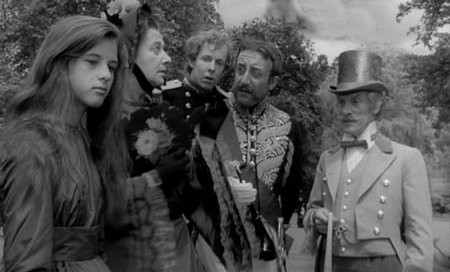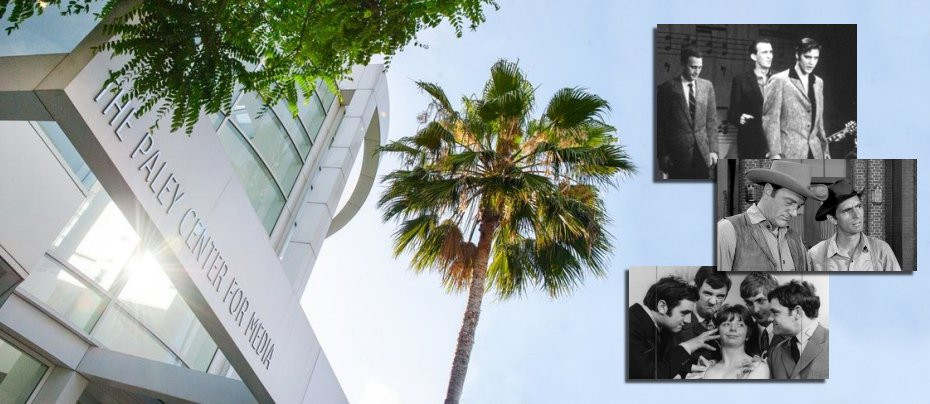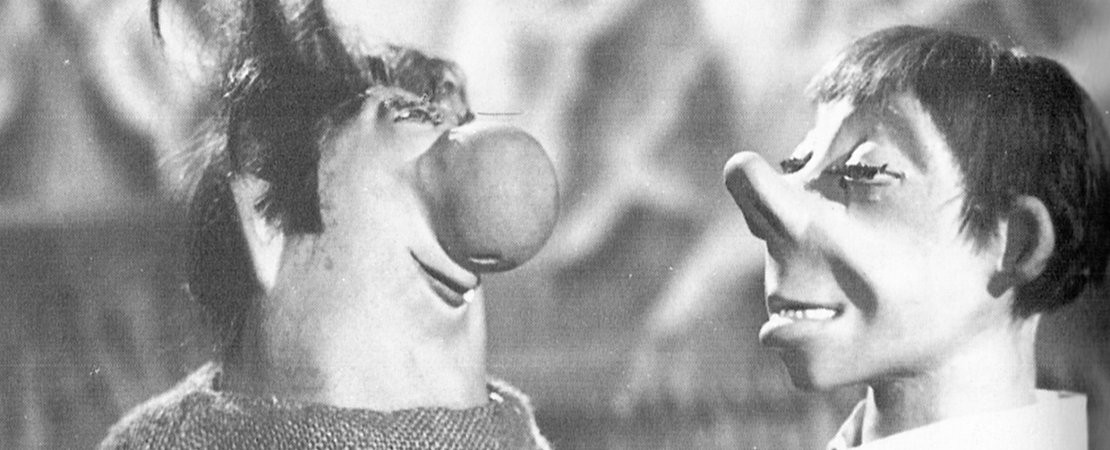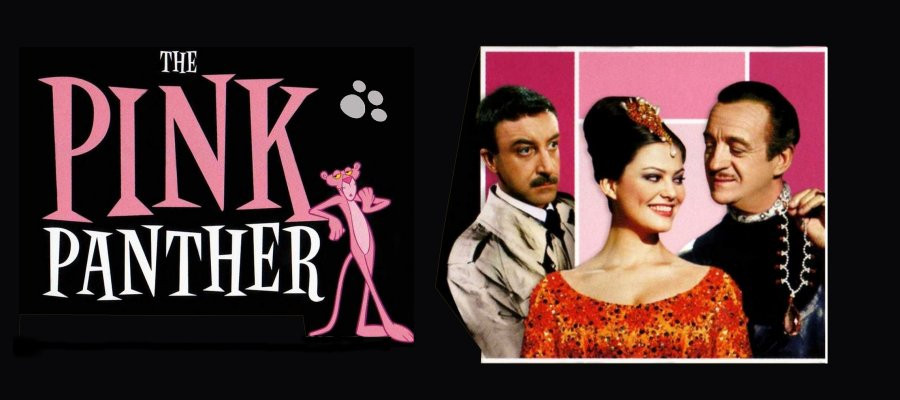
The Pink Panther
Blake Edwards’ The Pink Panther is a glittering gem of 1960s comedy, a film that gleams as brightly as its titular diamond. Directed by Edwards and co-written with Maurice Richlin, this American production blends continental sophistication with farcical slapstick, marking the birth of one of cinema’s most enduring comic characters: Inspector Jacques Clouseau.
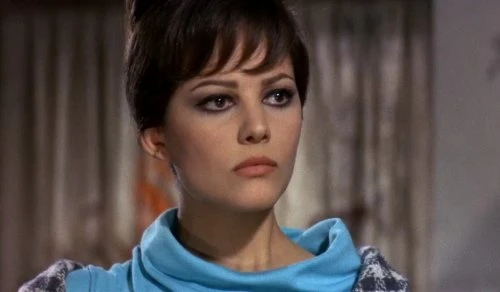
The story opens in the fictional kingdom of Lugash, where the young Princess Dala receives the magnificent “Pink Panther” diamond—a jewel so large and lustrous that a flaw within it resembles a leaping panther. Twenty years later, following her exile, Dala (Claudia Cardinale) finds herself embroiled in political controversy as her homeland’s new regime lays claim to the gem. She retreats to a ski resort in Cortina d’Ampezzo, where the diamond attracts the attention of the suave Sir Charles Lytton (David Niven), a gentleman thief known secretly as “the Phantom”.
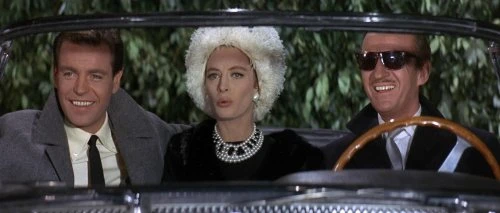
Complications abound. Sir Charles’s feckless nephew George (Robert Wagner) arrives uninvited, his charm masking gambling debts and ulterior motives. Meanwhile, on the Phantom’s trail is Inspector Clouseau (Peter Sellers), the epitome of misplaced confidence, whose wife Simone (Capucine) is not only unfaithful but also complicit in the very crimes her husband seeks to solve. What follows is a series of misunderstandings, flirtations, and increasingly chaotic escapades that culminate in a riotous costume party, a botched heist, and one of cinema’s most delightfully absurd courtroom scenes.
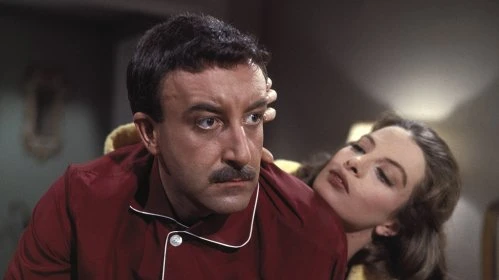
Although conceived as a vehicle for David Niven’s urbane charm, The Pink Panther was transformed by the casting of Peter Sellers after the departures of Peter Ustinov and Ava Gardner. Sellers’ portrayal of Clouseau—earnest, accident-prone, and magnificently deluded—proved irresistible. His comic timing, coupled with Edwards’ patient direction and willingness to encourage improvisation, shifted the film’s centre of gravity entirely. What was once intended as a sophisticated caper became a showcase for Sellers’ virtuoso physical comedy, a blend of elegance and idiocy that would spawn an entire series of sequels.
The film’s production was not without its setbacks. Delays, recastings, and location changes threatened to derail it, yet these difficulties seem only to have enhanced its cosmopolitan charm. Edwards’ use of European settings—from the snow-dusted Alps to the sunlit streets of Rome—imbues the film with a glamorous veneer that perfectly complements Henry Mancini’s celebrated score. Mancini’s theme, a slinky jazz number as sleek as a cat on the prowl, became instantly iconic, earning both Grammy and Academy Award nominations and later a place in the American Film Institute’s list of greatest film scores.
Upon release, The Pink Panther proved a resounding success, taking an estimated $6 million in North American rentals and delighting audiences at its premiere at Radio City Music Hall. Critics were equally enthusiastic: Variety praised it as “intensely funny”, while noting Sellers’ “razor-sharp timing”. More than six decades later, the film’s wit and charm remain undimmed.
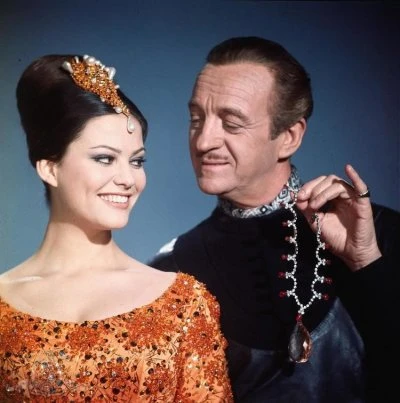
What makes The Pink Panther endure is its perfect balance of elegance and absurdity. Niven brings effortless sophistication, Capucine exudes feline grace, and Cardinale radiates regal warmth—but it is Sellers who steals every scene, turning pratfalls into poetry. His Clouseau, the eternal fool convinced of his own genius, became a comic archetype for generations to follow.
The Pink Panther is a masterclass in comedic alchemy—a film that began as a stylish heist picture and evolved, almost by accident, into one of the funniest and most beloved comedies of the 20th century. From its glittering diamond to Mancini’s unforgettable melody, everything about it sparkles.
Published on November 6th, 2025. Written by Malcolm Alexander for Television Heaven.


